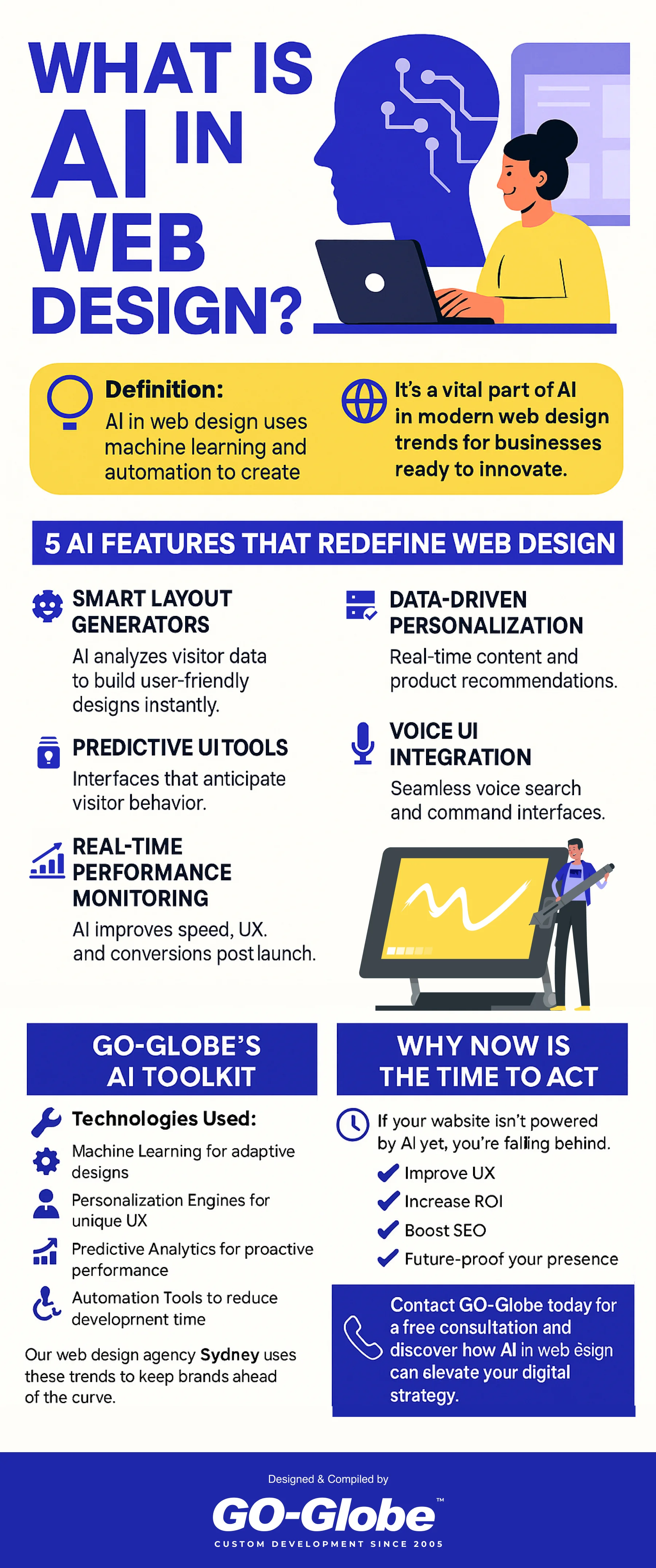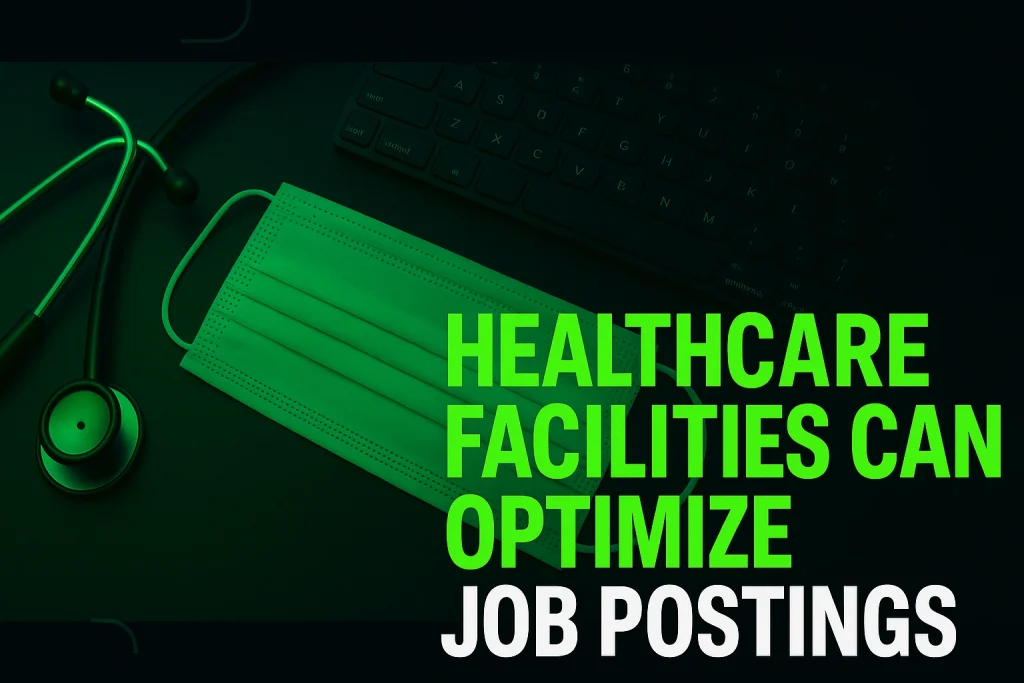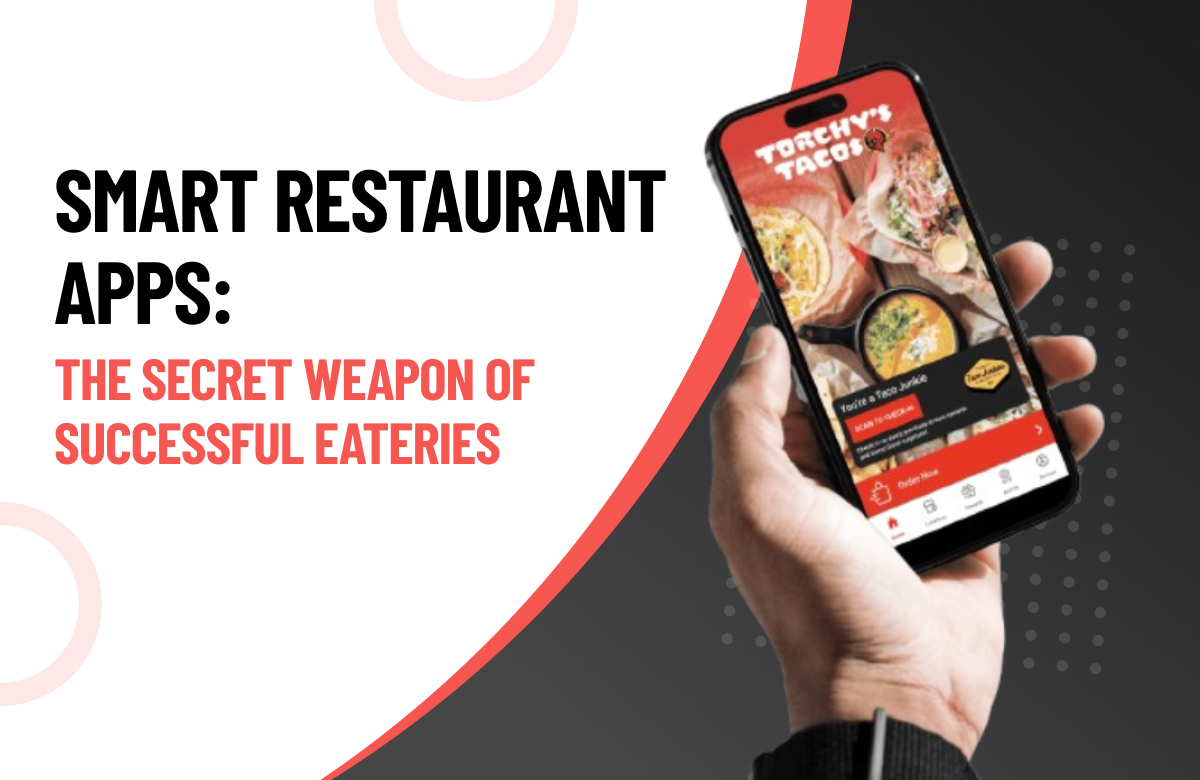Comprehensive Approach to the Customer Engagement Lifecycle
Understanding your customer isn’t just about knowing their name or last purchase—it’s about recognizing the entire journey they take with your brand. From first impression to loyal advocacy, each interaction provides insight into what your customers want, how they behave, and what motivates them to take action. To create lasting relationships and sustainable growth, businesses need a complete, connected picture of that journey. That’s what we call a holistic view of the customer’s engagement lifecycle.
In today’s competitive landscape, small businesses especially must rely on smart, scalable strategies to deliver exceptional customer experiences. A fragmented understanding of customer interactions can lead to miscommunication, missed opportunities, and, ultimately, churn. By integrating your data, processes, and tools around a unified view of the customer, you empower your team to act with clarity and precision at every stage of the relationship.
This article explores how to build that 360-degree view of your customer engagement lifecycle, why it matters, and how it can drive real growth.

Contents
Why the Engagement Lifecycle Matters
A customer’s engagement lifecycle is the full spectrum of their interactions with your brand, from discovery to purchase to long-term loyalty. When you map this out, you begin to see the key phases of their journey:
- Awareness: How a customer discovers your brand
- Consideration: When they begin evaluating your product or service
- Acquisition: The point of conversion or first purchase
- Onboarding: Their first experiences after becoming a customer
- Retention: How you maintain and deepen the relationship
- Advocacy: When they promote your brand to others
Each phase offers both risks and opportunities. If you treat all customers the same—regardless of where they are in this journey—you risk sending the wrong message at the wrong time. However, when you tailor your actions to the customer’s current stage, you build trust, enhance engagement, and increase lifetime value.
The Role of CRM in Seeing the Whole Picture
To gain a comprehensive understanding of your customer lifecycle, you need more than just intuition—you need data. This is where CRM for small businesses becomes an essential tool.
Customer Relationship Management (CRM) systems consolidate information about each contact into a centralized platform. That means you can see, at a glance, a customer’s full history with your business: emails opened, pages visited, products purchased, conversations had, and tickets submitted.
For small businesses, using a CRM solution allows you to:
- Track and segment customers by lifecycle stage
- Automate responses and nurture flows based on behavior
- Identify trends in how customers move from one stage to another
- Prioritize outreach based on engagement history and lead scoring
- Collaborate as a team without losing context
Without a CRM, customer data lives in too many places—spreadsheets, inboxes, social DMs, and handwritten notes. This fragmentation makes it impossible to act cohesively.
Steps to Building a Holistic View of Engagement
Developing a full-spectrum view of customer engagement doesn’t happen overnight. It requires strategy, the right tools, and disciplined execution. Below are the steps to get started:
1. Map Your Customer Journey
Start by identifying the key stages your customers move through, specific to your business. While the six common lifecycle stages (awareness to advocacy) are a great starting point, tailor them to fit your sales process, product offering, and engagement timeline.
For example, a service-based business may have stages like:
- Inquiry
- Consultation
- Quote
- Contract signed
- Project start
- Project feedback
A product-based eCommerce brand may use:
- First visit
- Email sign-up
- First purchase
- Product review
- Repeat purchase
- Loyalty/referral activity
Use customer interviews, analytics, and team feedback to build this journey from the customer’s point of view—not just your internal processes.
2. Centralize Customer Data
Once the journey is mapped, focus on centralizing the data associated with each touchpoint. This includes:
- Website analytics
- Email interactions
- Sales conversations
- Customer support tickets
- Social media messages
- Survey responses
- Purchase history
A CRM platform becomes the hub where all of this data lives. Use integrations to connect your website, email platform, help desk, and payment system to your CRM.
Some platforms are designed specifically as CRM for small businesses, offering easy-to-use interfaces, automation features, and pricing that fits modest budgets.
3. Segment by Engagement
With data centralized, begin organizing customers based on their behavior and lifecycle stage. Useful segments might include:
- First-time visitors who haven’t converted
- Customers who purchased within the last 30 days
- Lapsed customers who haven’t engaged in 6+ months
- Promoters who’ve left positive reviews or referrals
- Customers who abandoned carts or forms
This allows you to send targeted messages and offers that reflect their place in the journey, rather than one-size-fits-all blasts.
4. Use Behavior-Based Automation
Once you’ve segmented your customers, you can use automation to engage them with relevant messages at the right time.
Some examples:
- Send a thank-you email and onboarding tips after a first purchase
- Offer a discount code to customers who haven’t returned in 90 days
- Invite loyal buyers to a referral program
- Provide product care advice or upsell suggestions based on purchase history
These automations free up time while making your communication feel more personalized and timely.
5. Track Metrics by Lifecycle Stage
To refine your efforts, you need to track how well customers are progressing through the journey. Set metrics and KPIs for each stage, such as:
- Awareness: new leads generated, email sign-ups
- Consideration: click-throughs, consultation bookings
- Acquisition: conversions, average order value
- Retention: repeat purchase rate, churn rate
- Advocacy: NPS score, referrals
Use your CRM and analytics tools to gather this data and adjust your strategies based on what’s working and where customers are getting stuck.
Cross-Functional Benefits of a Unified View
A holistic view of your customer’s engagement lifecycle doesn’t just benefit your marketing team—it improves every customer-facing function.
- Sales teams can prioritize leads more effectively using engagement history.
- Customer support can offer faster, more contextual assistance.
- Product teams can learn which features matter most to long-term users.
- Leadership gains insight into customer satisfaction and revenue drivers.
Everyone works from the same data, and that clarity drives smarter decisions and stronger results.
Avoiding Common Pitfalls
While the benefits of a holistic engagement strategy are clear, there are a few challenges to watch for:
- Overcomplicating segmentation: Start simple. You don’t need dozens of segments—just enough to tailor your key messages.
- Ignoring data hygiene: Outdated or inconsistent data undermines your view. Regularly clean your contact database and review workflows.
- Focusing only on acquisition: The bulk of your growth potential lies with existing customers. Don’t let the post-purchase journey become an afterthought.
Make it a habit to audit your processes, content, and automation flows every quarter to ensure alignment with your customer journey map.
Real-World Example
Imagine you run a small company selling handcrafted skincare products. A first-time buyer purchases a face serum. Here’s how a holistic engagement lifecycle view improves the experience:
- Their purchase and behavior are recorded in your CRM.
- An automated email thanks them and shares tips on using the serum.
- One week later, a follow-up offers a matching moisturizer with a discount.
- 30 days post-purchase, they receive a request for a product review.
- 60 days in, they’re invited to your loyalty program or subscription model.
- Based on their feedback and purchases, they’re tagged as a loyal advocate and offered early access to your next product line.
Each touchpoint builds on the last, making the customer feel seen, appreciated, and eager to continue the relationship.
Creating a holistic view of your customer’s engagement lifecycle is one of the most powerful strategies a small business can deploy. It transforms fragmented interactions into a seamless journey—one that builds trust, increases retention, and drives long-term growth.
With the help of a well-chosen CRM, you can centralize your data, personalize your outreach, and coordinate your team around a shared understanding of your customers. This clarity allows you to deliver more relevant, meaningful experiences—at the right time, in the right way.
In a world where customer expectations are higher than ever, that kind of coordination isn’t just helpful—it’s essential.



























